7 Things Medical Facilities Can Do to Enhance Patient Safety
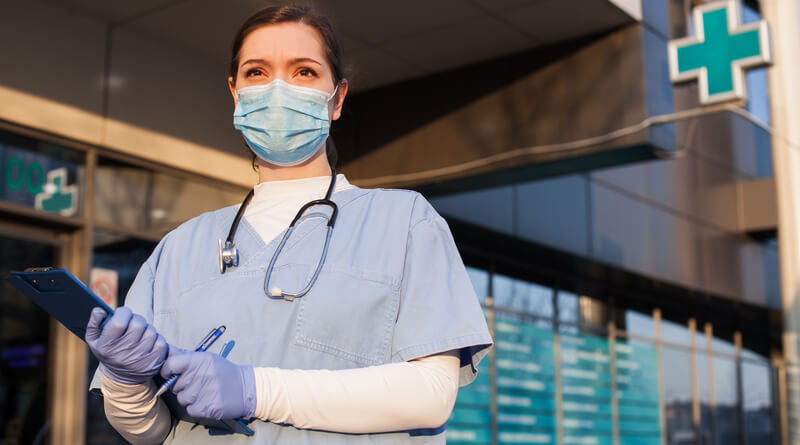
Medical facilities must prioritize patient safety. It is critical to ensure that patients receive the best possible treatment and are kept safe during their stay. To create a safe and secure environment for patients and staff, medical facilities must take proactive steps to reduce the risk of injury or illness. In this blog post, we’ll discuss 10 tips to help enhance patient safety in medical facilities.

Implementing a No-Tolerance Policy for Medication Errors
It’s essential to establish and maintain a no-tolerance policy for medication errors. This can help avoid future incidents and ensure errors are not made again.
To create a no-tolerance policy, the medical facility should start by establishing clear protocols for reporting and responding to medication errors. All employees must be informed of the procedure and the consequences of not following it. Depending on how serious the mistake was, disciplinary action can be taken, such as suspension or dismissal.
The medical facility should also ensure that staff members have access to the right resources when dispensing medications. This includes ensuring that they have accurate drug information, including dose information and contraindications. In addition, they should have appropriate training on medication safety and access to a pharmacist who can answer any questions they may have.
Hire Qualified Public Health Professionals
By hiring qualified public health professionals, medical facilities can be sure that their patients are receiving the best care possible. Having an experienced public health professional onboard will enable the facility to respond to the various needs of its patients more effectively.
To achieve this goal, medical facilities should seek out individuals with an accredited master’s degree in public health (MPH). There are many online accredited MPH programs available, including the Online Master of Public Health in Community Health Sciences offered by Tulane University. Professionals with an accredited MPH will be better equipped to identify and address potential safety issues in a medical facility and implement the necessary changes to ensure safety protocols are followed.
Conducting Regular Risk Assessments
Regular risk assessments are a vital part of patient safety in medical facilities. Risk assessments help to identify areas where safety may be compromised and allow facilities to take the necessary steps to address these issues before they become a problem. By conducting regular risk assessments, medical facilities can stay ahead of potential risks and protect their patients from harm.
The risk assessment process should include all staff members and involve evaluating every aspect of the facility’s operations. It is important to pay attention to any changes made since the last assessment and note any new risks that may have arisen. All aspects of the facility, such as its physical layout, processes, equipment, and safety protocols, should be considered during the assessment.
The results of the risk assessment should be documented and shared with all staff members. Once the risks have been identified, they should be addressed promptly to ensure that they do not become a problem in the future.
Address Your Patients’ Physical Needs
Medical facilities must ensure that their patient’s physical needs are being met to ensure patient safety.
- Medical facilities should ensure adequate staffing to meet the needs of the patient population. This includes registered nurses, nurse practitioners, physicians, and other healthcare providers. It also means having sufficient resources and equipment to provide the necessary care for each patient.
- In addition, medical facilities should ensure that their environment is clean and safe. This includes maintaining high standards of hygiene and sanitization, as well as appropriate maintenance and security measures. Medical facilities should also be aware of any potential environmental hazards that may affect their patients’ health and safety.
- Medical facilities should strive to provide care that is tailored to the individual needs of their patients. This includes taking into account their age, gender, cultural background, and any other special circumstances.
Implementing New Technologies
New technologies offer exciting opportunities for medical facilities to improve patient safety and enhance the quality of care. By utilizing advanced systems, facilities can monitor vital signs, track medications, and monitor infection rates in real-time.
Some examples of new technologies that medical facilities can consider implementing include Electronic Health Records (EHRs). EHRs allow clinicians to access and share patient data quickly and securely, use bedside barcode scanners to reduce the risk of medication errors, and establish patient portals, enabling patients to access their medical information remotely. Other technologies, such as predictive analytics and machine learning, can help predict future risks, enabling the facility to take preemptive steps.
Several healthcare providers are improving patient safety with the help of touchless biometric patient identification platforms like RightPatient. With RightPatient, healthcare providers can ensure that the accurate EHR is used after identifying the patient properly – preventing patient mixups, ensuring patient data integrity, and improving healthcare outcomes.
Enhancing Communication Between Staff Members
Good communication between staff members is essential for ensuring patient safety. Medical facilities should take steps to ensure that their staff can communicate effectively to provide the best possible care.
One way to enhance communication between staff is to have regular meetings to discuss patient care and safety. Staff members can discuss their issues and come up with solutions at these meetings. Additionally, the staff should be encouraged to express any questions or concerns they may have regarding safety.
Follow Proper Handwashing Procedures
Handwashing helps to prevent the spread of germs and infections from one patient to another. Handwashing must be performed correctly and regularly. Medical facilities should have policies in place that clearly outline proper handwashing procedures and ensure that all staff members are trained and adhere to them.
Healthcare professionals should use soap, warm water, and a 20-second hand wash to clean their hands properly. It’s important to cover all surfaces of the hands, including the fingernails, wrists, and in between the fingers. Additionally, they should rinse off all the soap before drying with a single-use paper towel.
Medical facilities should also provide hand sanitizer with at least 60% alcohol content in all patient care areas so that staff can quickly disinfect their hands in between patients or whenever washing hands isn’t an option.
Conclusion
Patient safety is an important component of successful healthcare. Medical facilities must ensure their procedures are in place to prevent patient harm and reduce the risk of medical errors. The measures mentioned above will help medical facilities save lives, build trust with their patients, and develop lasting relationships.
Moreover, medical facilities should strive to continuously improve existing protocols to ensure patient safety remains a priority. To remain competitive in today’s market, medical facilities should prioritize patient safety and put measures into action that will help them achieve this goal.

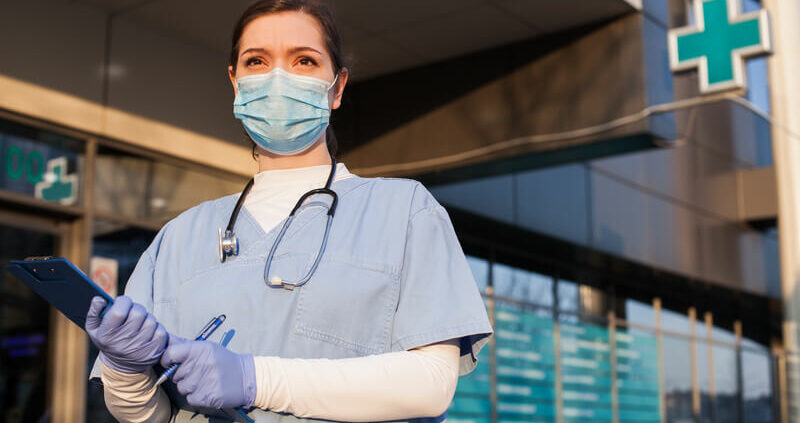
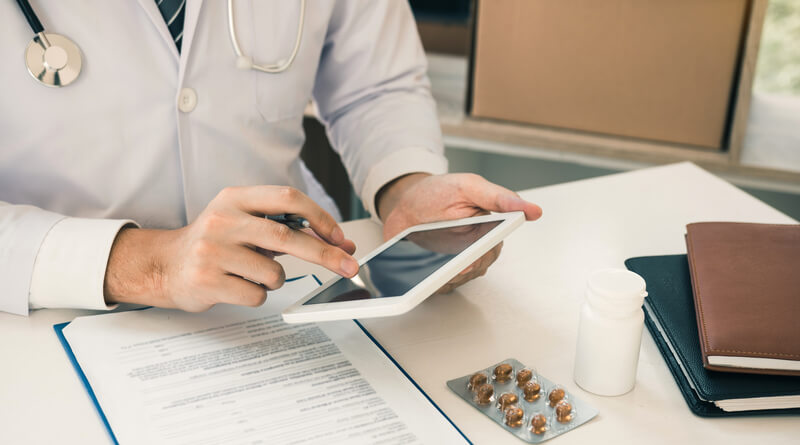

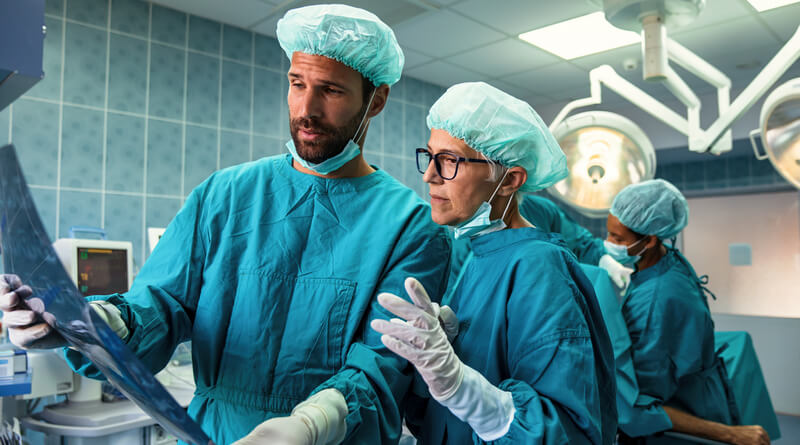
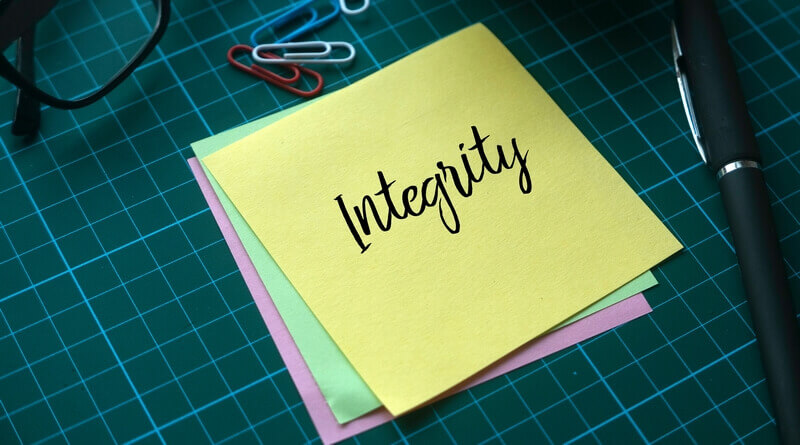



Leave a Reply
Want to join the discussion?Feel free to contribute!